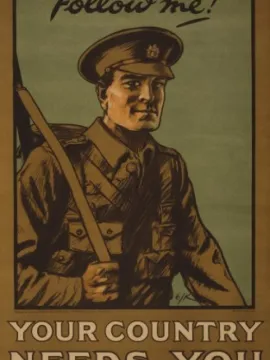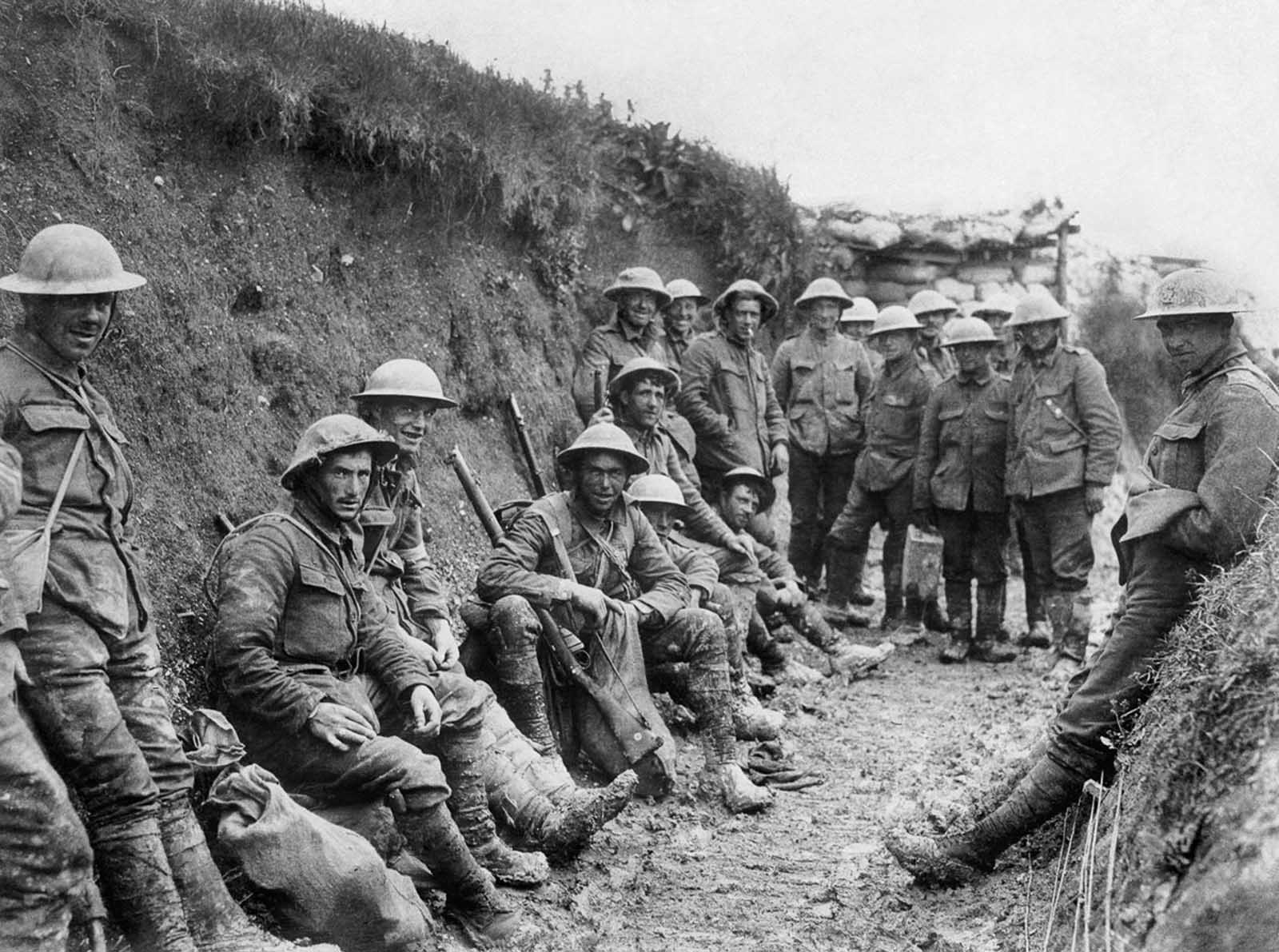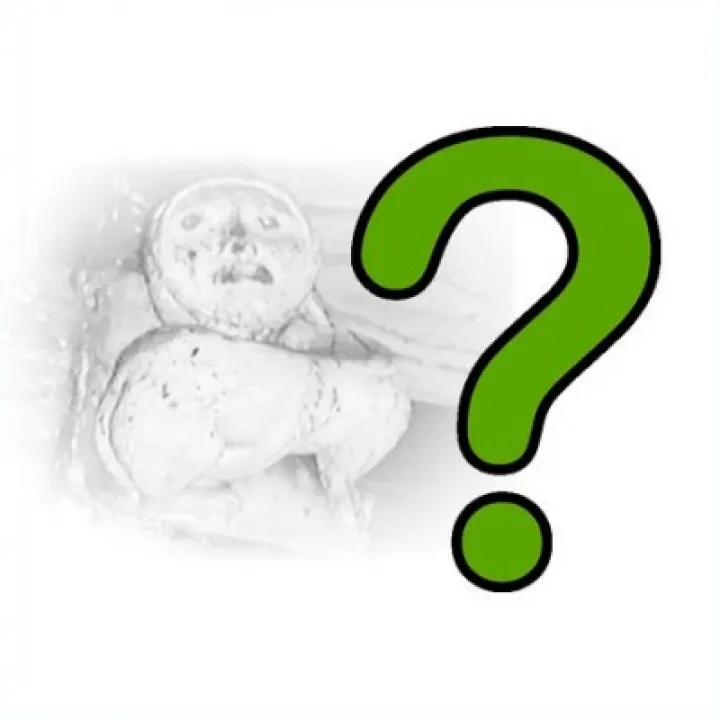Remembering the First World War
Herbert Lansdowne Ikin, John Johnson, William Johnson

[Herbert Lansdowne Ikin
]
Herbert lived with his parents, George and Evelyn in Lower High Street. His father was a Cycle Maker and Agent and Herbert was their only child. In 1915, Herbert reached his eighteenth birthday and shortly after, he enlisted in the 26th Battalion of the Royal Fusiliers. The 26th Battalion was formed in London on July 17th 1915 as part of Kitchener's New Army and landed in France on May 4th 1916. It became part of the 124th Brigade and was assigned to the 41st division. The 41st was one of three Divisions which formed the XV Corps during the Battle of the Somme in 1916.

The battles of the Somme in 1916 were a Franco-British offensive which changed the nature of warfare due to the epic Battle of Verdun which lasted from late January to September. Huge British losses on the first day were followed by a series of fiercely contested steps which became increasingly a war of attrition. For all the armies on the Western Front, the battles of the Somme became a war of sheer industrial might which saw the first ever use of tanks on September 15th 1916 in the Battle of Flers and Courcelette which was a subsidiary attack of the Somme offensive.
The battle was fought to break through the German defences between the two villages which were well behind enemy lines at the start of the battle. The attack was launched across a 12 km front. Twelve Divisions were employed, together with all the tanks the British army possessed: 49. Initially, the British made gains of 2km but a combination of poor weather and extensive German reinforcements halted the advance. On the 17th and 18th September, the Allies suffered heavy casualties and the attack was called off on September 22nd.
Herbert Lansdowne Ikin was among the casualties who fell on September 18th. He was 19 years old.
Herbert is remembered with Honour at the Thiepval Memorial.
(The Thiepval Memorial commemorates 72,336 men of the British and South African forces who died in the Somme sector before 20th March 1918 and who have no known grave, the majority of whom fell during the Somme offensive of 1916. The memorial stands on the high ground overlooking the Somme River where some of heaviest fighting of WW1 took place. Towering over 45 metres in height, it is the largest Commonwealth memorial to the missing in the world.)
[John Harold Johnson
]
Another Tarvin man who became a casualty of the Somme was John Johnson, the son of Edmund and Annie. His father was a Bricklayer's Labourer from Barrow who moved to Tarvin after his marriage. The family lived in High Street where John grew up in a large family of nine children. He enlisted in the 2nd Battalion the Cheshire Regiment which landed in France on 26th September 1915 and became part of the 25th Division. John suffered severe wounds, probably in the Battle of Ancre Heights. He was sent back to England but never recovered and died at home from his wounds on 18th November 1916.
John is remembered with Honour in St Andrew's Churchyard
(John's grave is commemorated in perpetuity by the Commonwealth War Graves commission)
[William Johnson
]
William was born in Tarvin around1896. He was one of six children born to Samuel and Maggie. The 1901 census finds the family living in Kelsall where his father was the village blacksmith. William was only eighteen when he enlisted in the 5th Battalion the Cheshire Regiment. William lost his life at the Battle of Cambrai in the failed Allied Offensive of 1917
Cambrai was an important supply point for the Germans and when the British attacked, the Germans responded with their biggest counter-attack since 1914. The Allies began their offensive on November 20th 1917 with 17 Divisions and Companies of the Third Army, together with a bombardment which included 476 tanks (of which 350 were armed fighting tanks). It opened with an intensive fire barrage on the Hindenburg Line followed by a creeping barrage behind which the tanks and infantry followed. Unfortunately, the bridge over the St Quentin Canal broke under the weight of the first tank which seriously slowed down the infantry and more or less halted the cavalry. Uncertain communications also hampered progress. Some Divisions did manage to cross the Hindenburg Line and overall there was an advance of three to four miles on the first day, albeit at a cost of just over 4,000 lives and with 179 of the tanks being destroyed, disabled or broken down. However, after the first day things really started to go wrong.
Over the next few days further troops were thrown into the battle but still the anticipated advance was thwarted and, when it began to snow, the roads behind the front line became bogged down with mud and snow, making any movement of supplies very difficult. Any progress that had been made turned into a slow, piecemeal shambles. The Third Army closed down offensive operations on the 27th November.
Three days later, the German Army struck back.
The German Army bombarded Allied positions around Cambrai, followed up by shock troops hitting weak spots in Allied defences and advancing fast. The Allies were driven back and the 5th Battalion Cheshire Regiment were called up from reserve to assist in halting the withdrawal.
William Johnson was one of the many who lost his life in the battle. Between 20th November and 8th December, the Third Army reported 44,207 dead, wounded or missing in the Allied offensive and the German counter-offensive and enemy casualties were estimated at 45,000. 6,000 Allied troops were taken prisoner.
Following the failed offensive, questions were asked in the war cabinet and an enquiry was held. The papers of the enquiry into the defensive failure at Cambrai are held at the National Archive in Kew.
William Johnson died on 1st December 1917 and is remembered with Honour in Grevillers British Cemetery at Pas de Calais.
(There are 2106 servicemen from the First world War buried or commemorated at this cemetery)
Quick Links
Get In Touch
TarvinOnline is powered by our active community.
Please send us your news and views.







